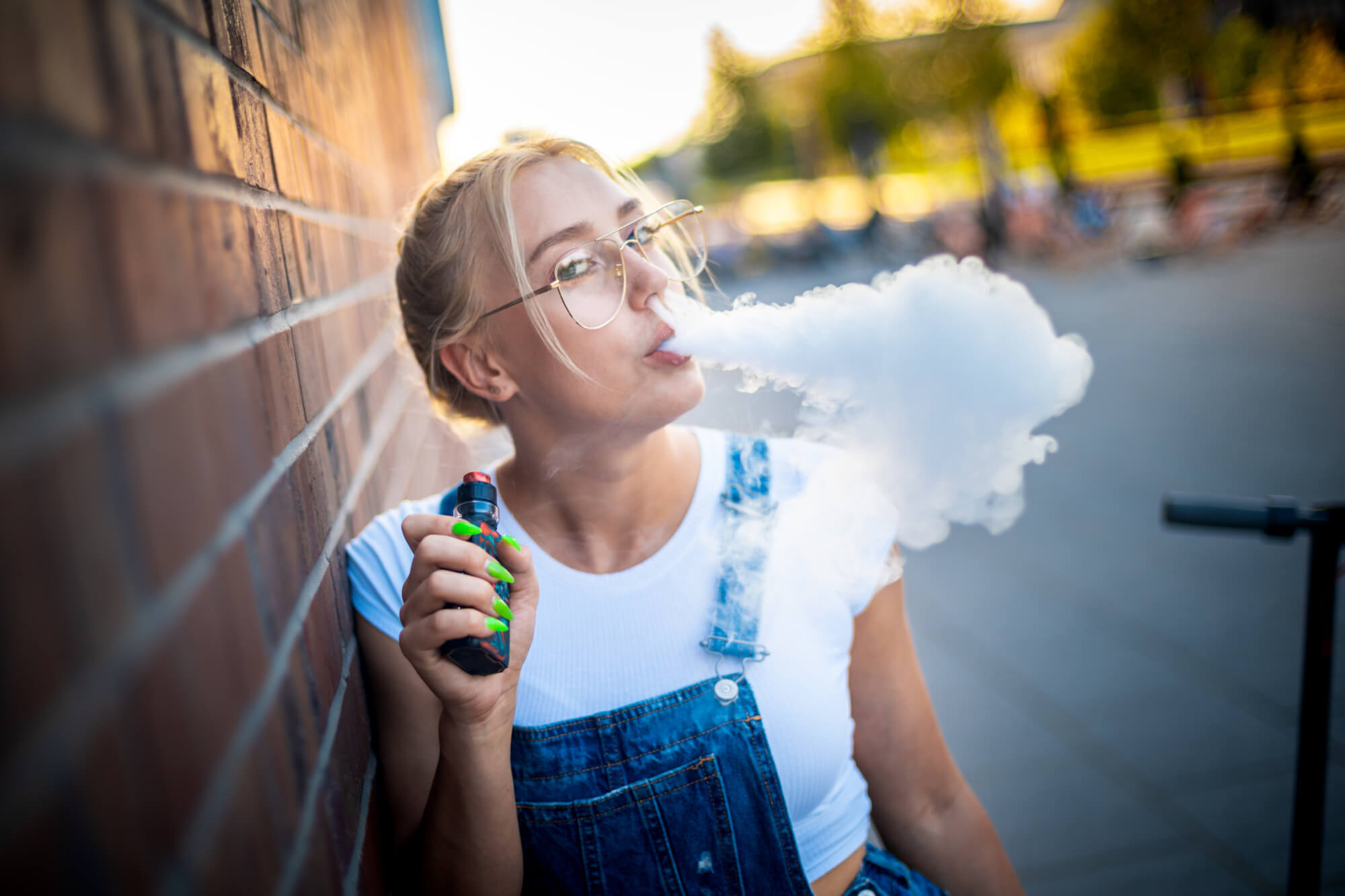Teenage vape use and the dangers of spice

Over a relatively short period of time, vaping has become a popular alternative to traditional tobacco smoking. Vaping has been recognised as a tool to help those addicted to cigarettes, promoted by the public health message ‘switch to vape’ which stated that it is 95% safer than smoking cigarettes.
However, this message can be construed as somewhat misleading as, although less harmful than cigarette smoking, it doesn’t clearly identify that vaping may also be harmful to health. Worryingly, although it is illegal in the UK to sell vapes to young people under the age of 18, children are vaping. A recent survey found that over 20% of children aged 11 to 17yrs had tried vaping , with a trend of children experimenting with vaping growing by 50% year on year.
Action by Schools to Combat Vaping
In addition to their role in promoting health to guide behaviour, schools are now having to take direct action to combat vaping use. Indeed, many schools have installed vape alarms to help deter and curb use of vapes on site.
Adding Spice to Vapes
In addition, the practice of adding other substances to vape liquids is particularly worrying. Pre-packaged or manually added, there is a trend of adding ‘spice’, a form of synthetic cannabinoid, to vapes. Spice, is a collection of man-made chemicals designed to mimic the effects of Tetrahydrocannabinol (THC), the active ingredient in cannabis which may be used under medical supervision.
It is sold under various names such as K2 or herbal incense, and is often promoted as a ‘legal high’. Its psychoactive effects include euphoria, distorted perception and relaxation. However, the exact effects can vary significantly between users and depend on the specific blend of chemicals used.
While spice might appear appealing as a legal alternative to marijuana, it carries significant risks, including unpredictable potency, severe side effects and addiction from long term use.
The Risks of Using Spice
The use of spice carries significant risks for teenagers, including:
- Brain Development: The teenage years are crucial for brain development. The use of substances like spice can interfere with normal neurological growth, potentially affecting cognitive abilities, decision-making, and emotional regulation in adolescents.
- Increased Vulnerability: Teenagers may be more susceptible to the unpredictable potency and effects of spice. While adults may have more experience managing psychoactive substances, teens often lack the maturity to handle powerful drugs, leading to greater instances of negative effects like anxiety or panic attacks.
- Mental Health Issues: Spice use has been linked to heightened risks of mental health issues, including anxiety, depression, and psychosis. For teenagers, who may already be navigating emotional turbulence, spice can exacerbate these challenges and lead to long-term psychological consequences.
- Addiction and Dependency: Teenagers who use spice may find themselves developing a dependency, experiencing withdrawal symptoms, and engaging in risky behaviours to obtain the substance.
- Legal Consequences: Teenagers caught in possession of spice may face legal repercussions, which could lead to a criminal record, impacting their future educational and career opportunities.
- Physical Health Risks: The use of spice has been linked to severe health complications, including heart problems, seizures, and even fatalities. Teenagers, with less developed bodies and potentially less awareness of the risks, may be at greater risk of experiencing serious health effects from synthetic cannabinoids.
While spice may seem like an enticing option for some teenagers seeking relaxation or euphoria, the dangers inherent in its use are profound. From neurological impacts to mental health crises, the risks far outweigh any perceived benefits.
As this trend emerges it is essential for drug and substance misuse education to not only share information but to engage teenagers in discussions to enable them to make informed decisions about vaping in general and the risks involved with spice use.
SSS Learning Safeguarding Director
9 September 2024